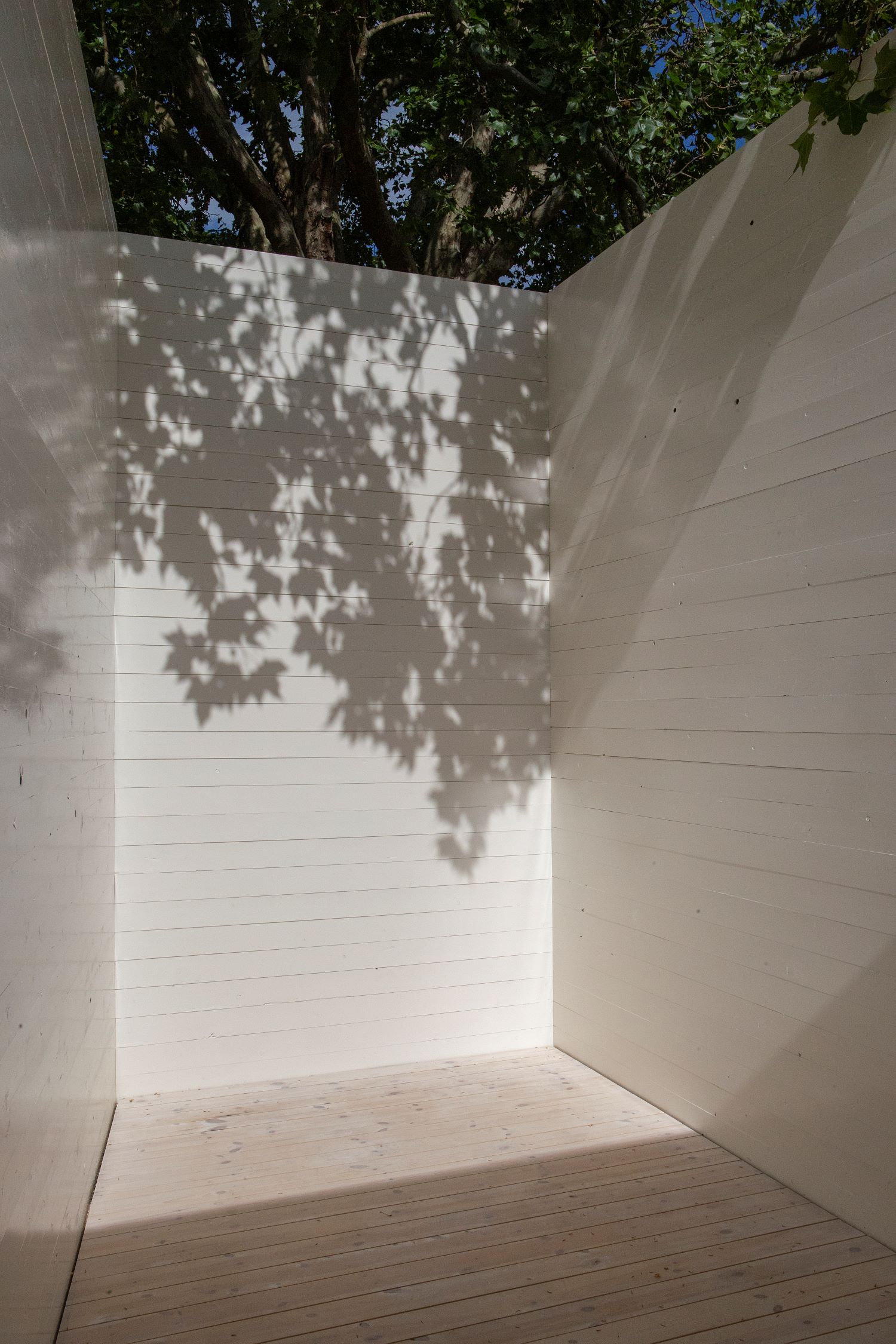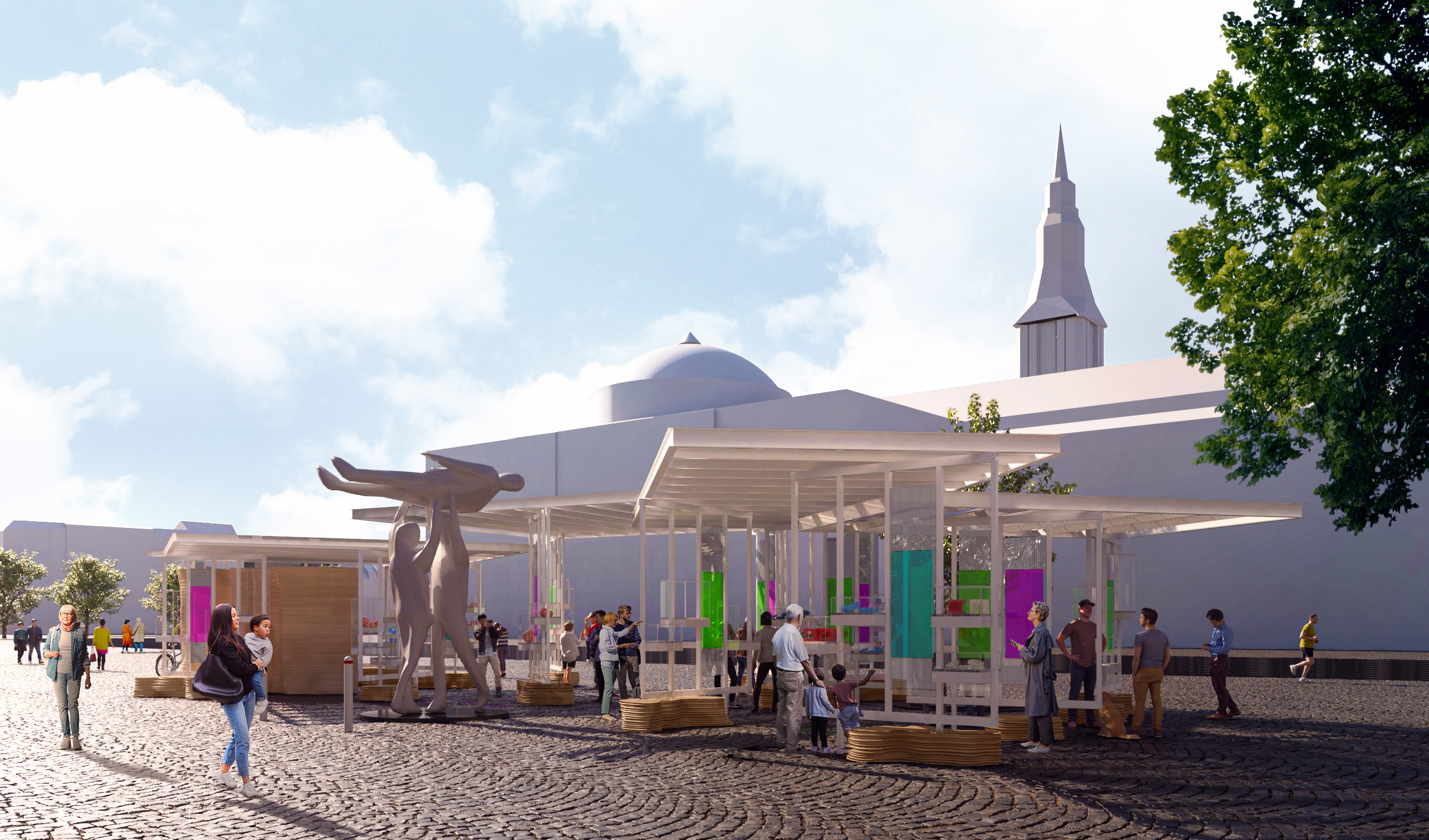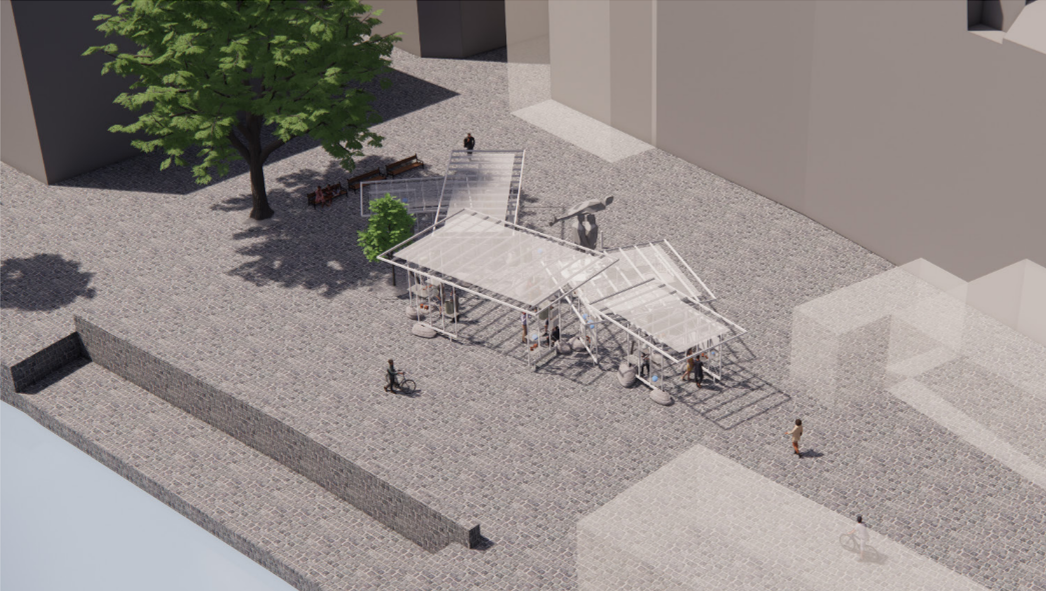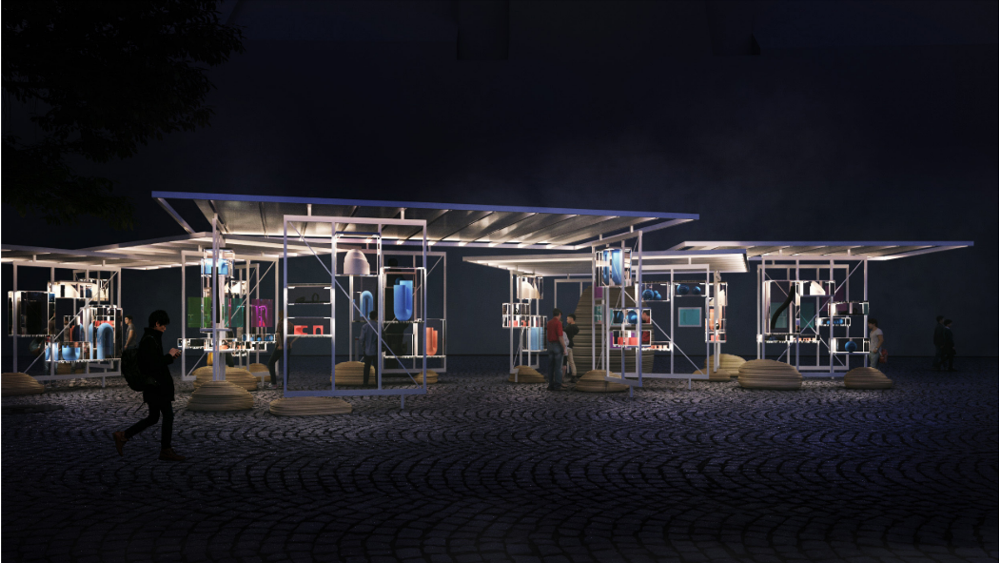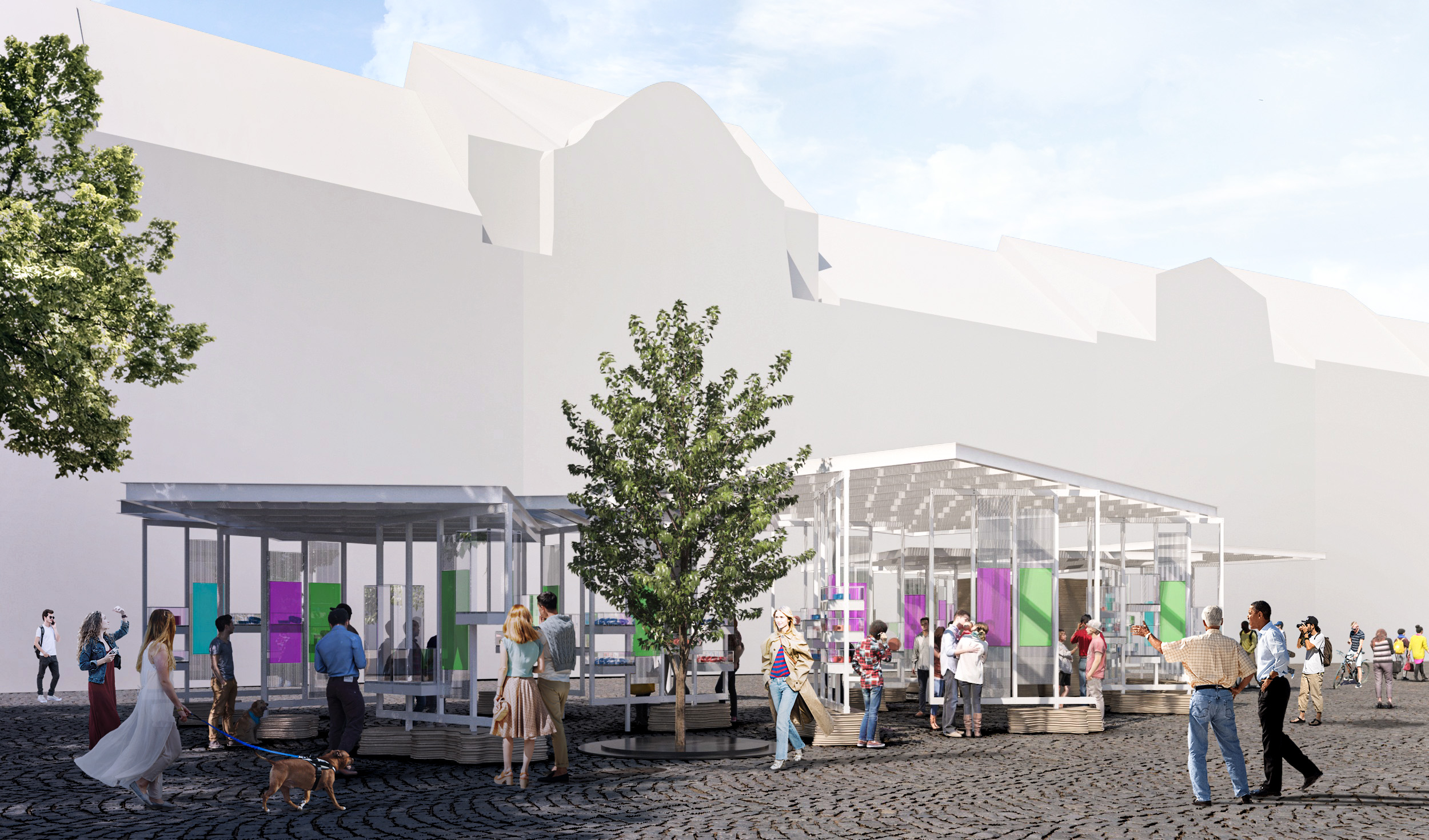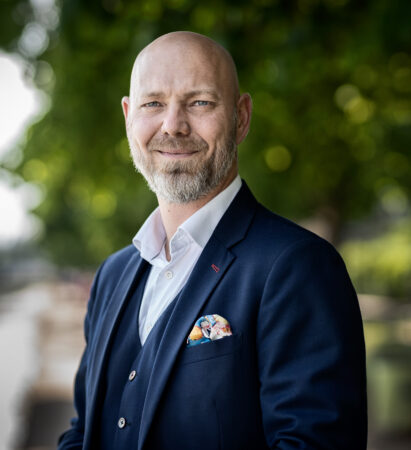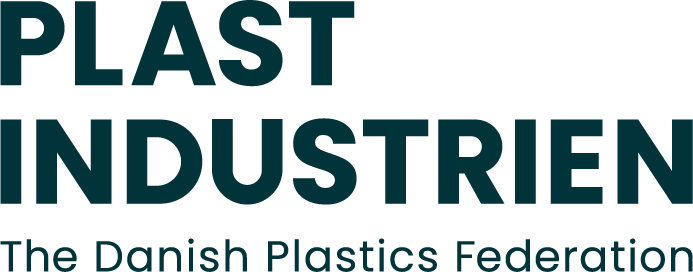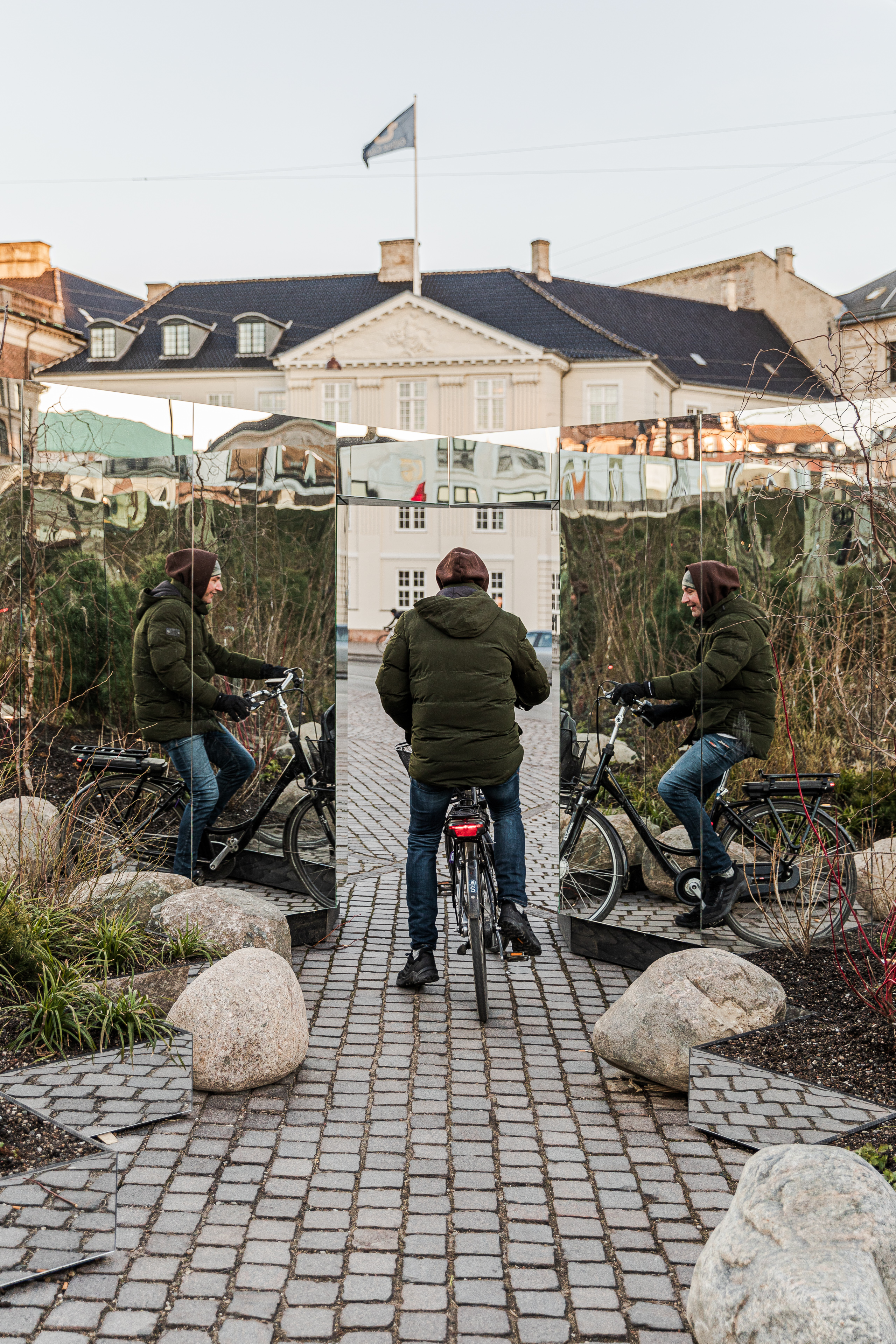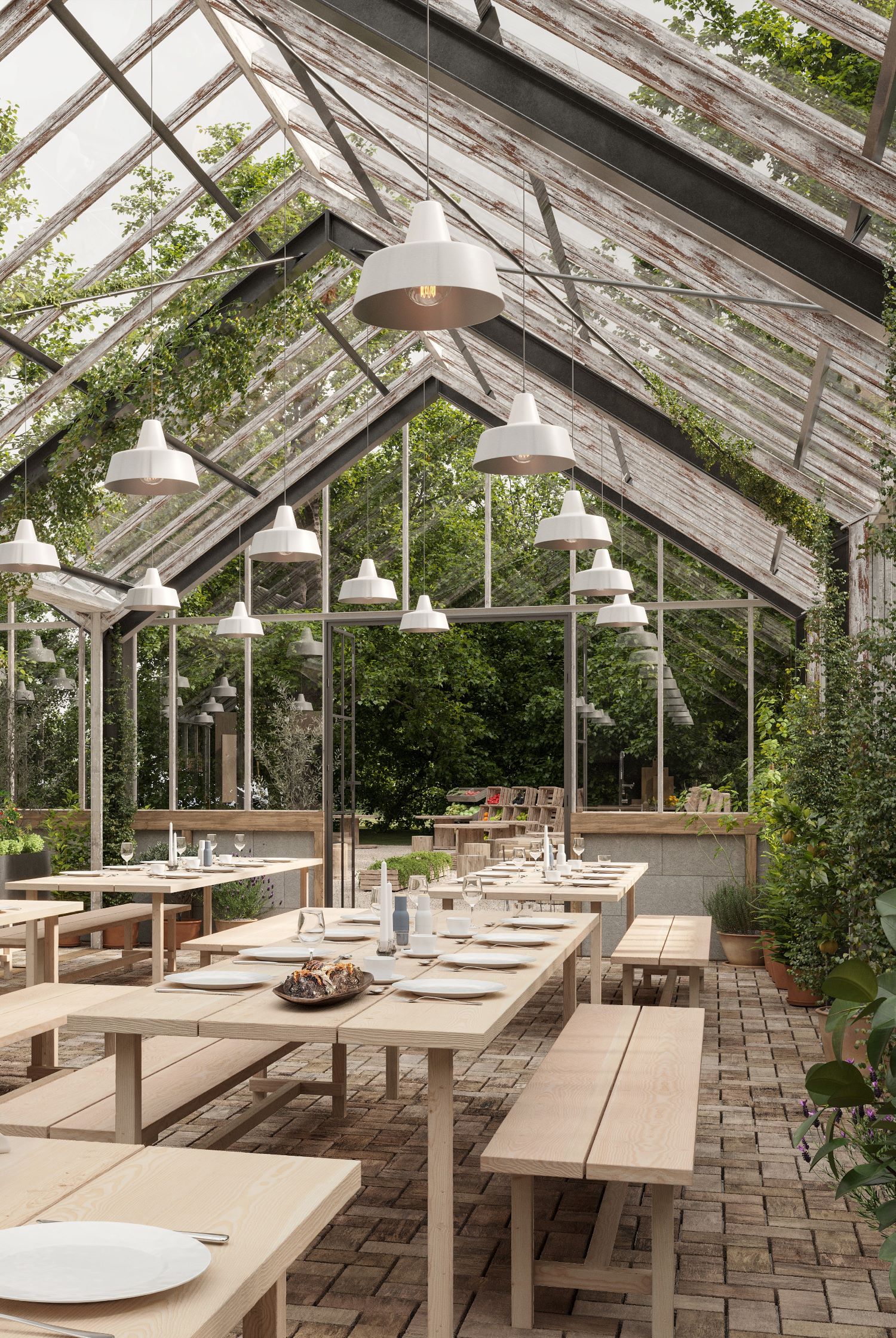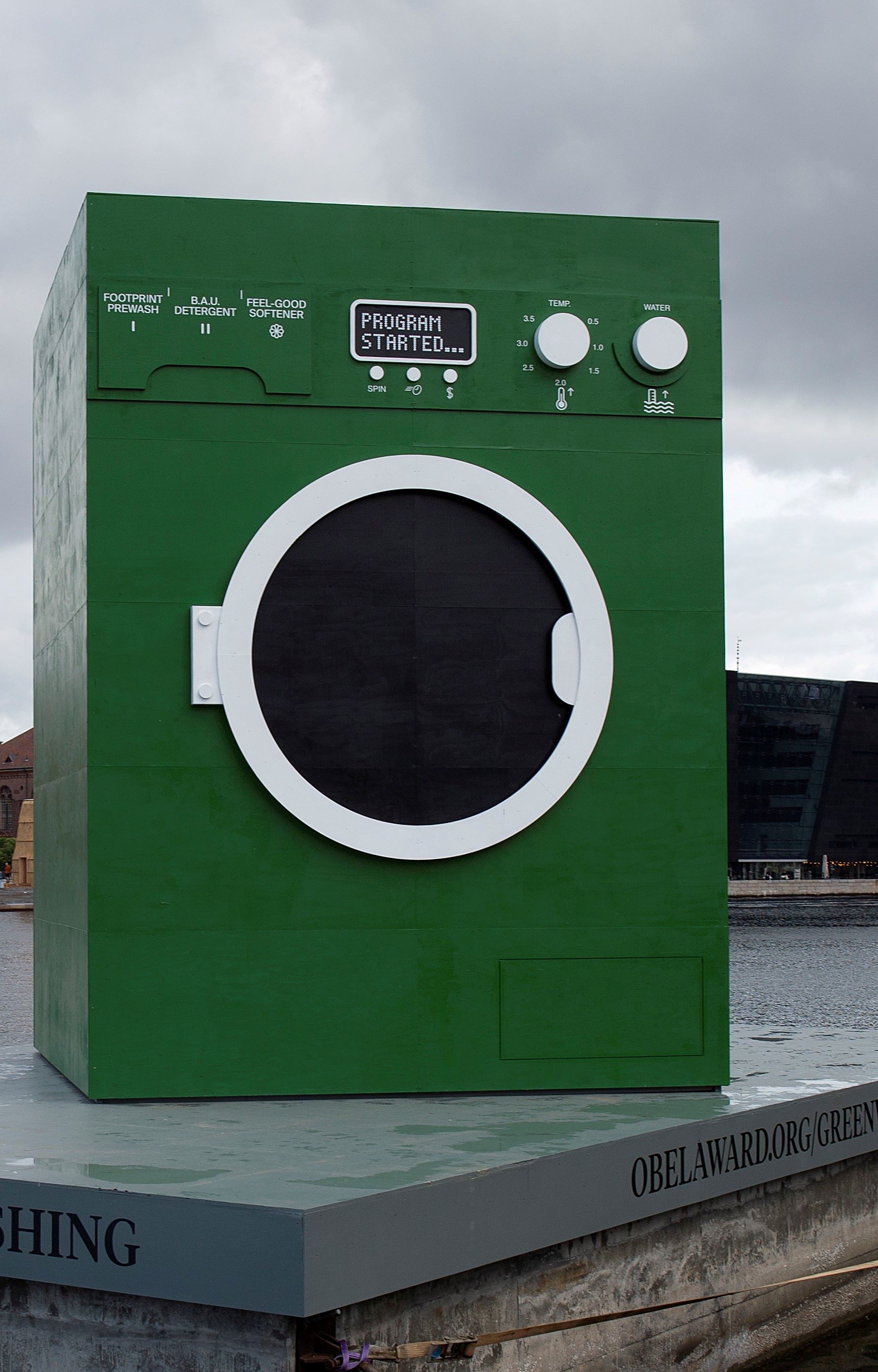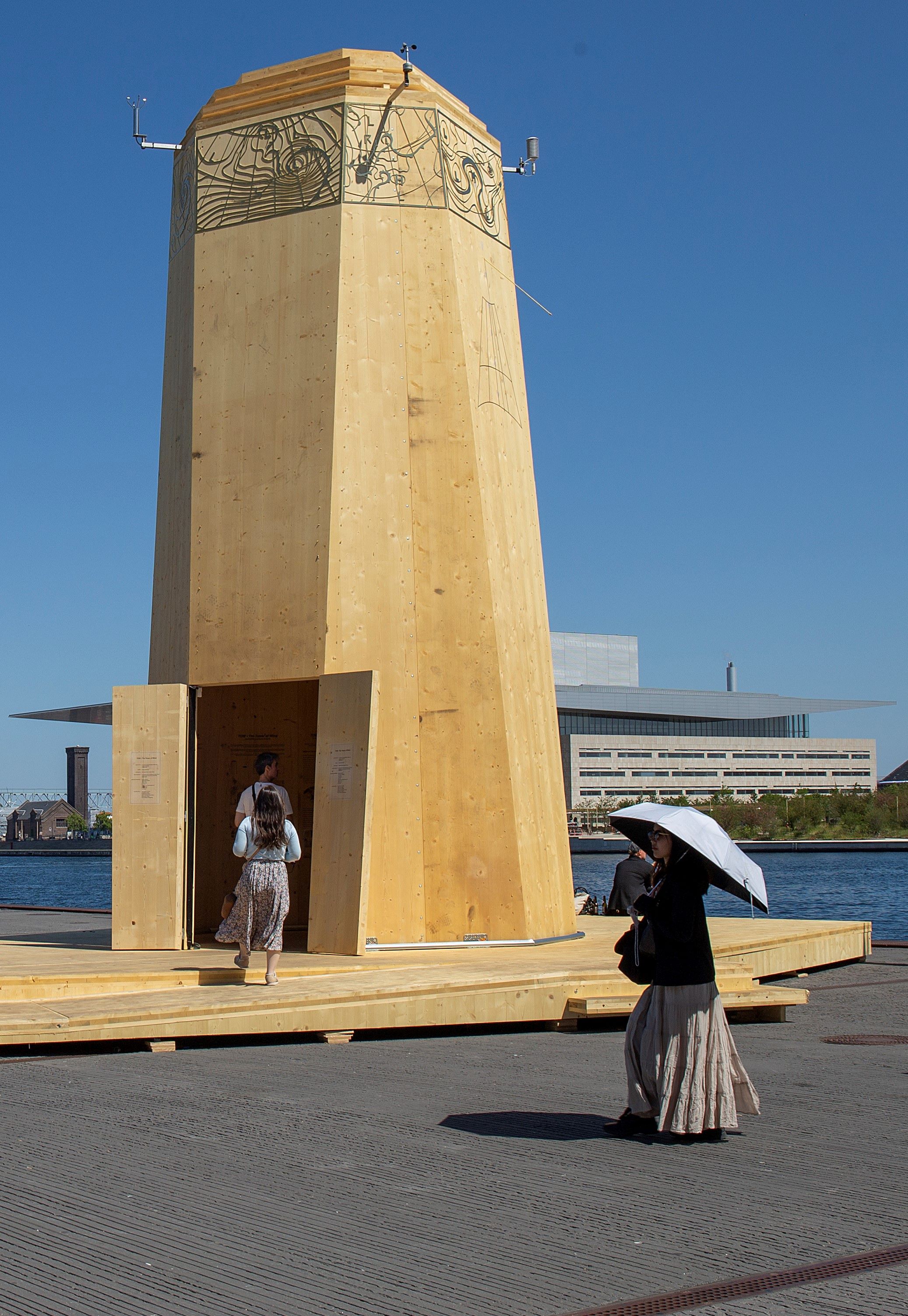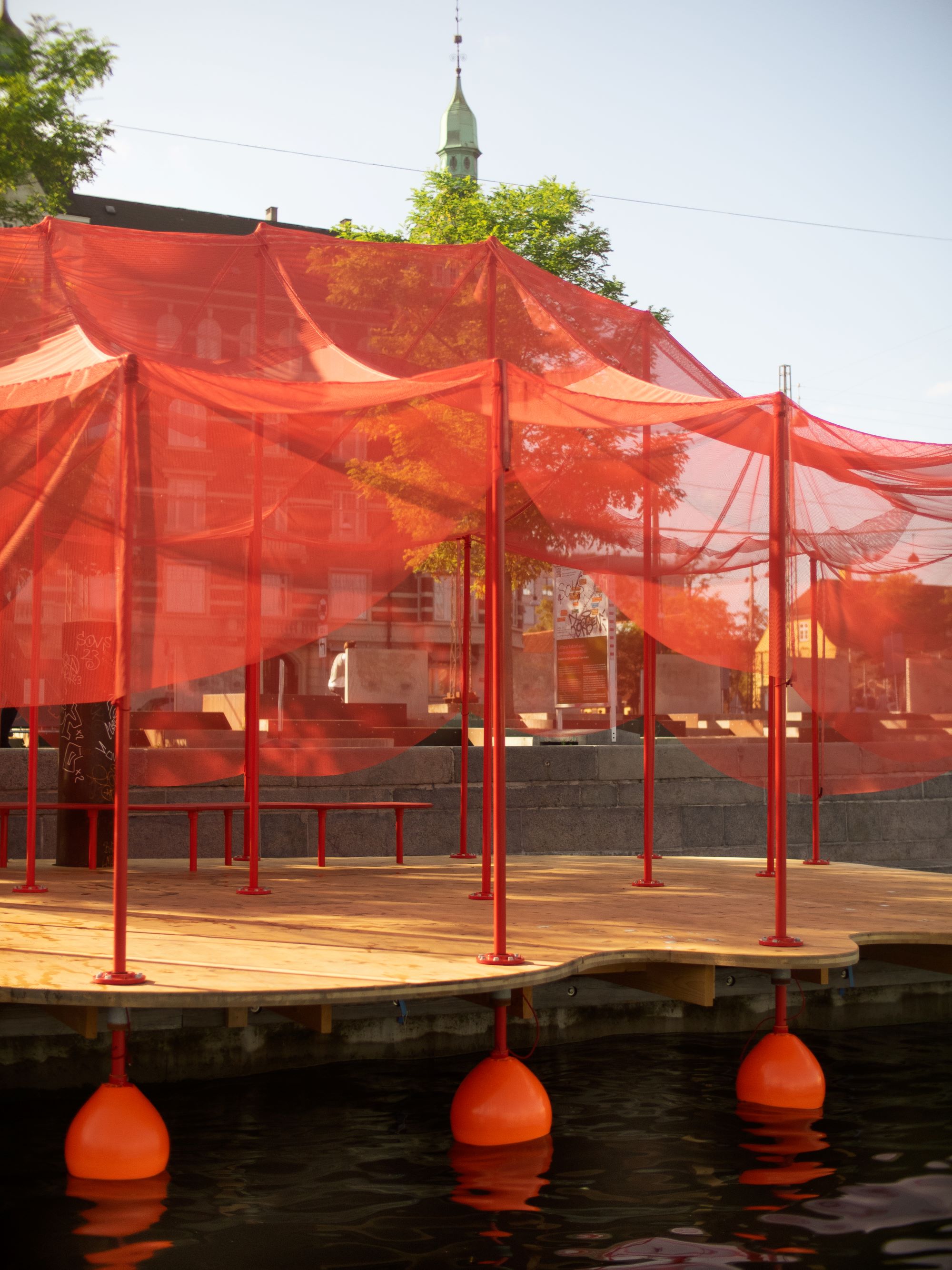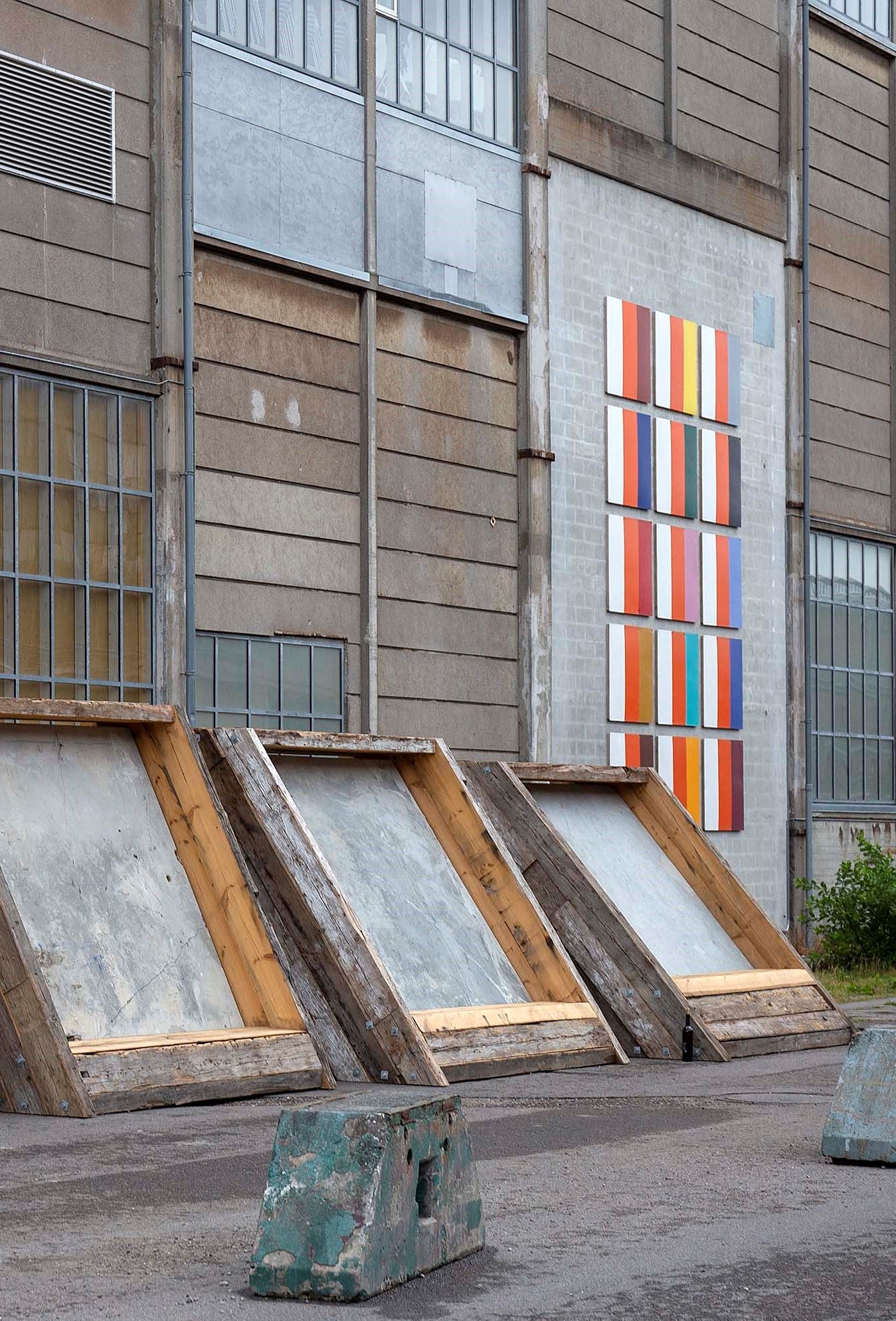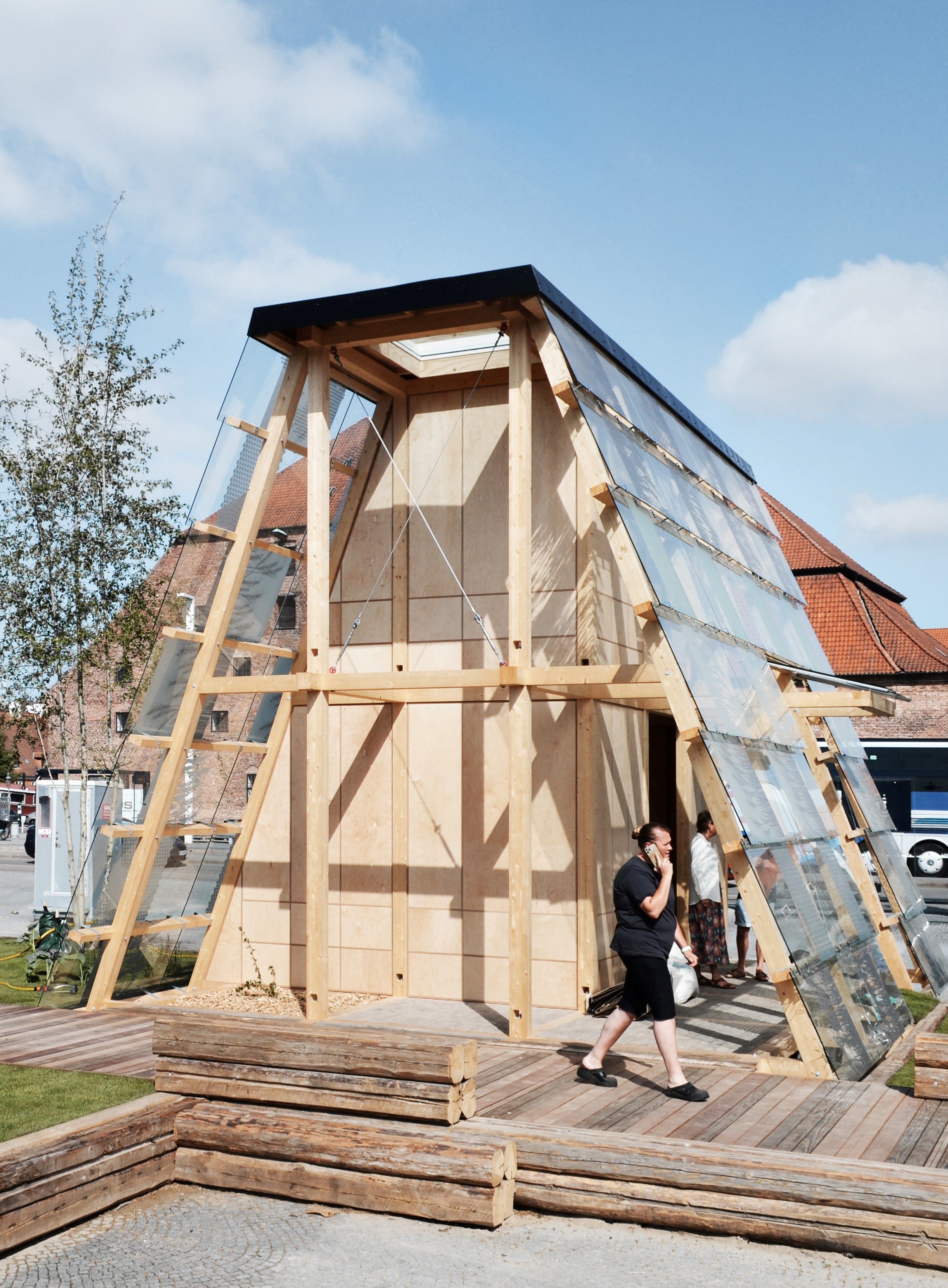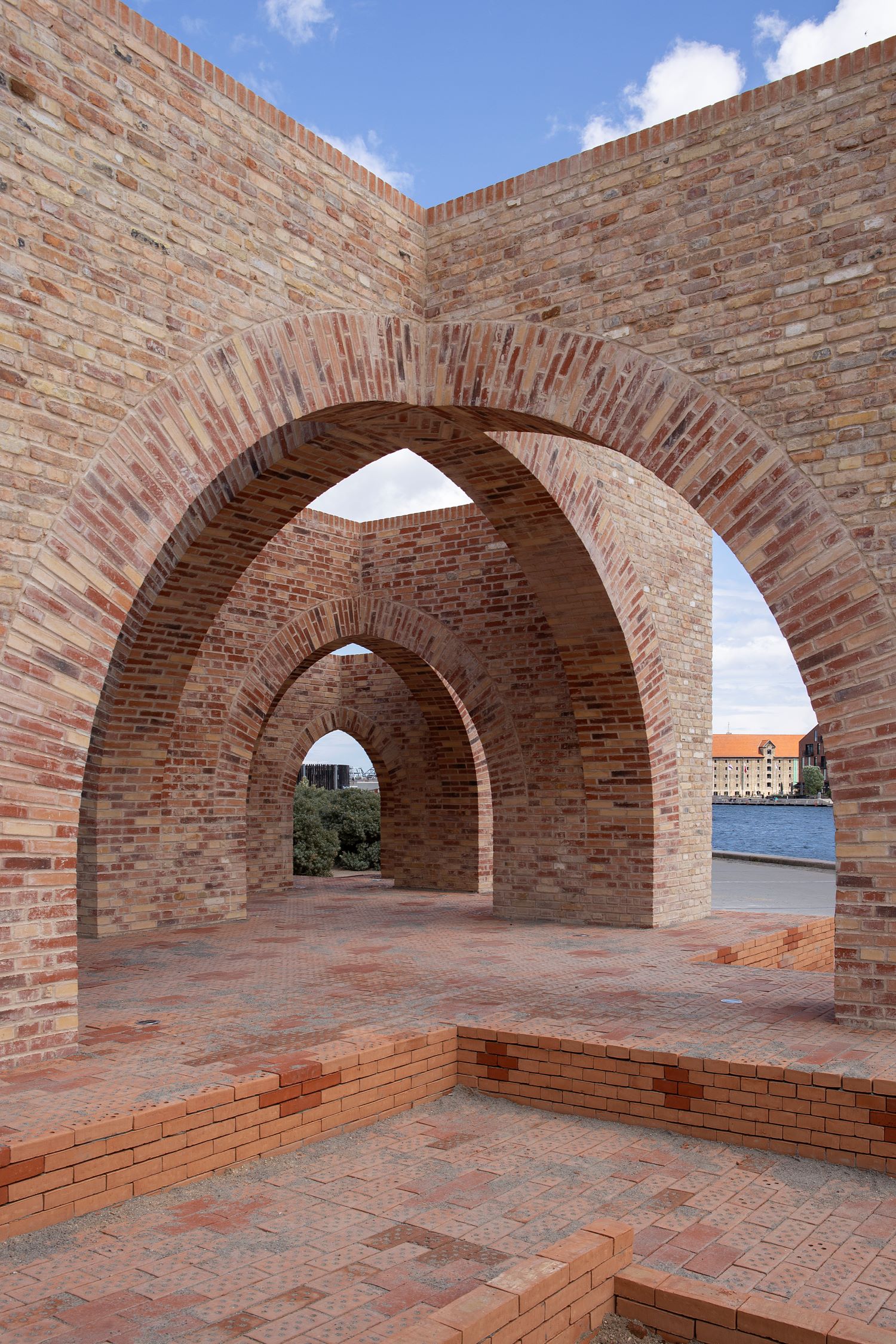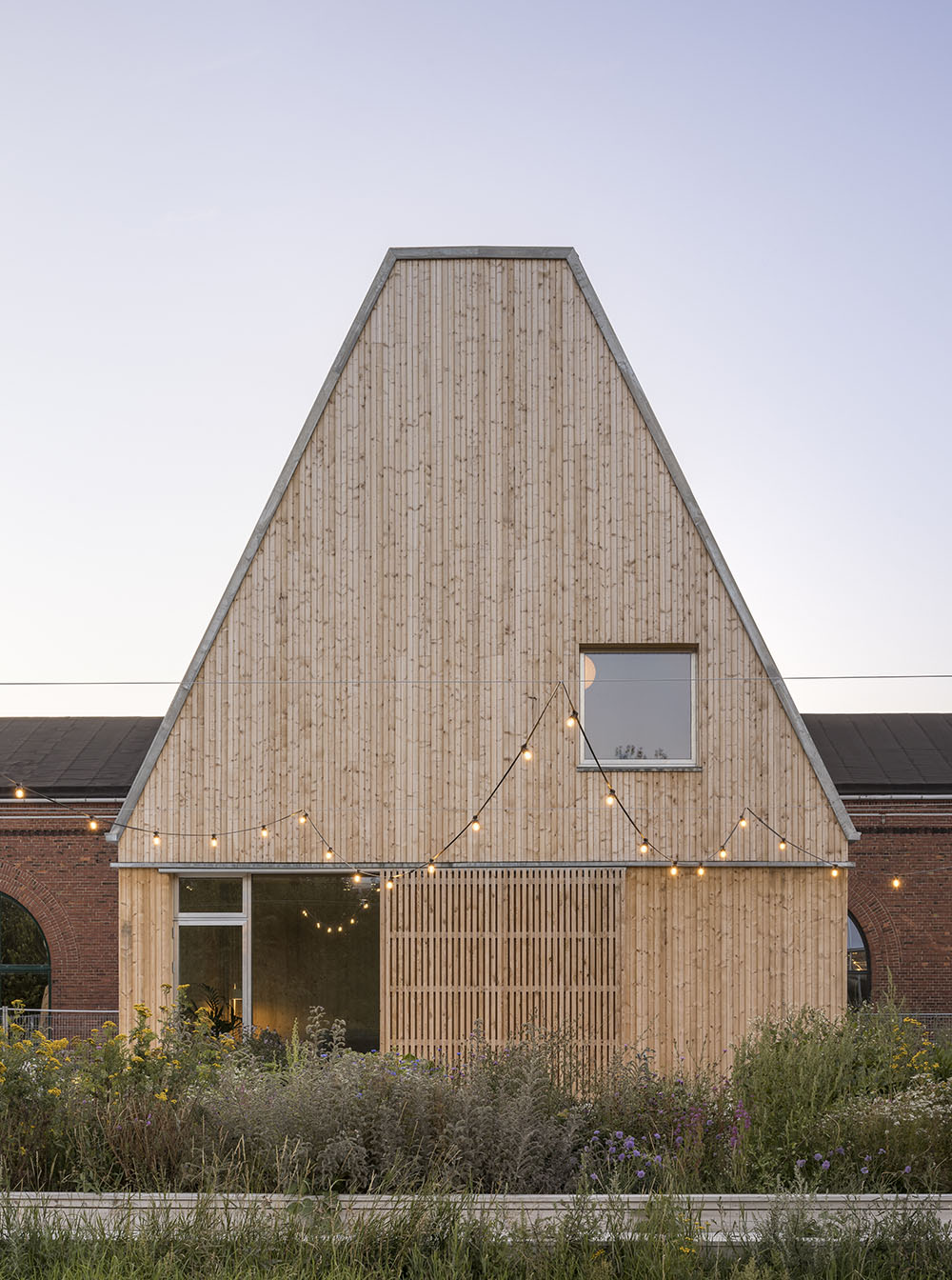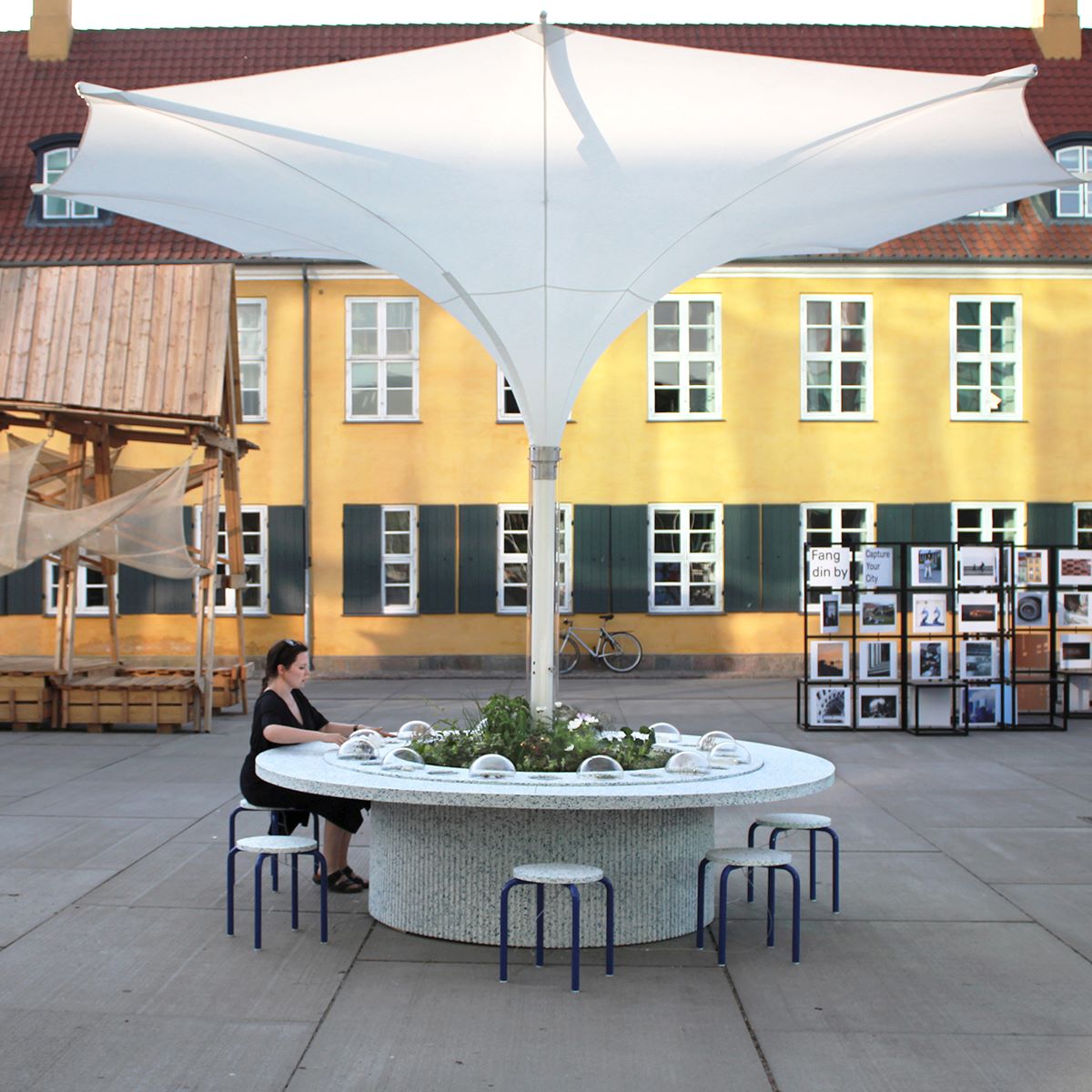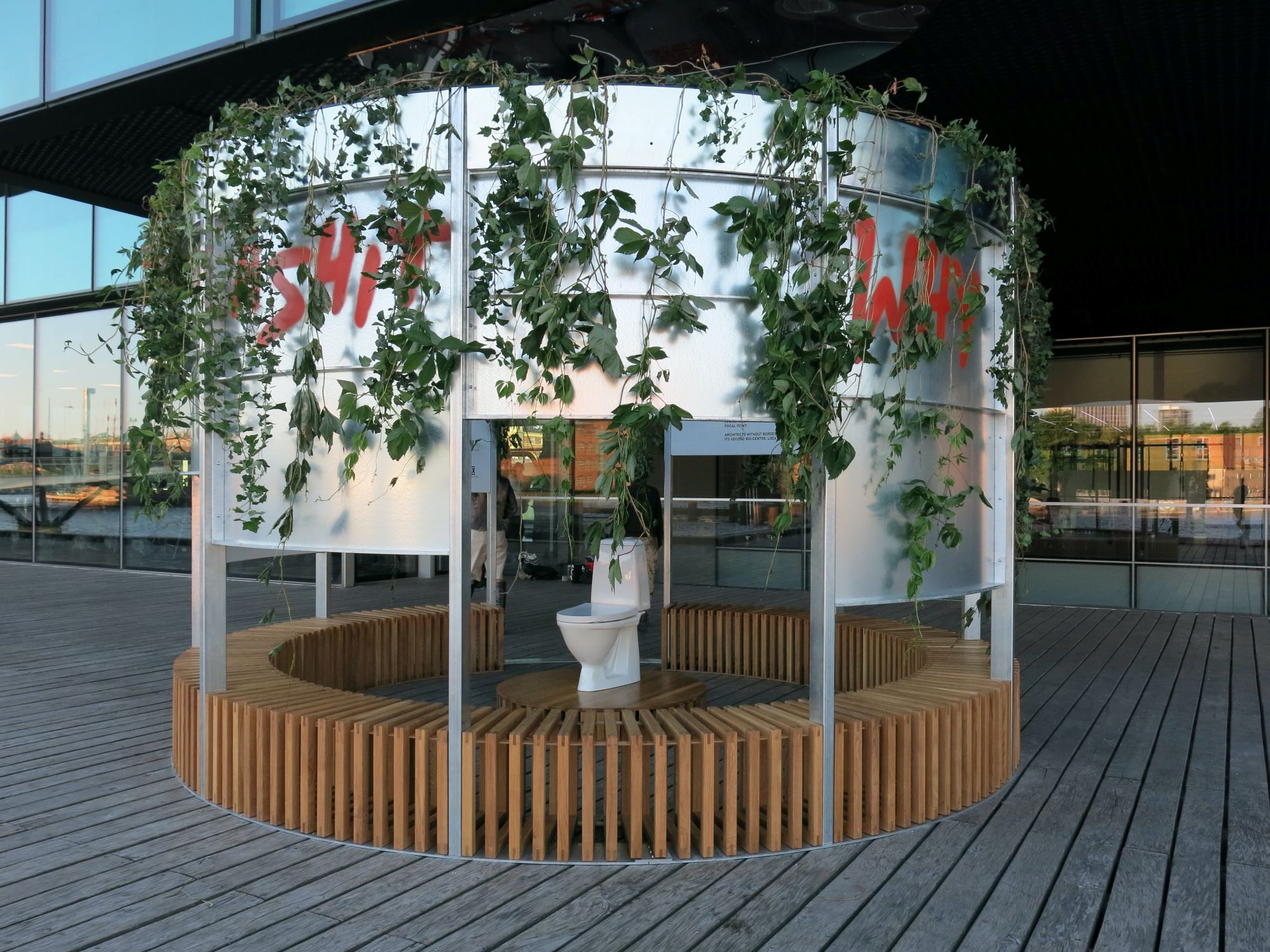The building industry is faced with a significant need to change as it must meet demands for greater ‘absolute sustainability’. A widespread misconception, based on intuition, emotion, and tradition, is that this can best be achieved by increased use of biogenic materials like fx. wood. However, future material demands require all sustainable alternatives to be considered, and biomaterial supplies will likely not be sufficient to meet the demand.
Many of the synthetic materials, plastic, and other polymers have these properties while at the same time being durable, lightweight, cheap, and easy to shape.
Therefore, this is the central statement to put forward by the pavilion: Plastic plays a huge role in establishing the sustainable societies.
The pavilion will host agenda-setting and debate-generating activities with different actors along the supply chain to elaborate on the agenda with facts and transparency.
